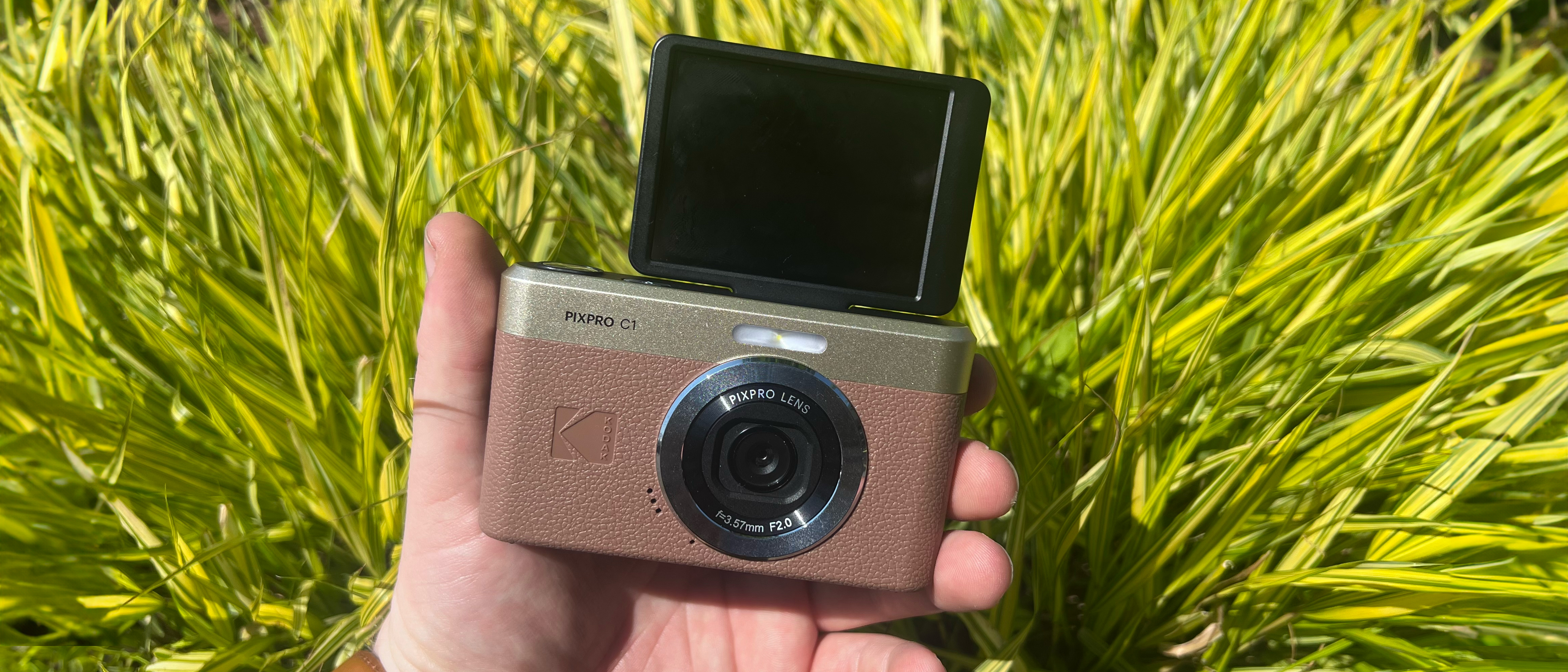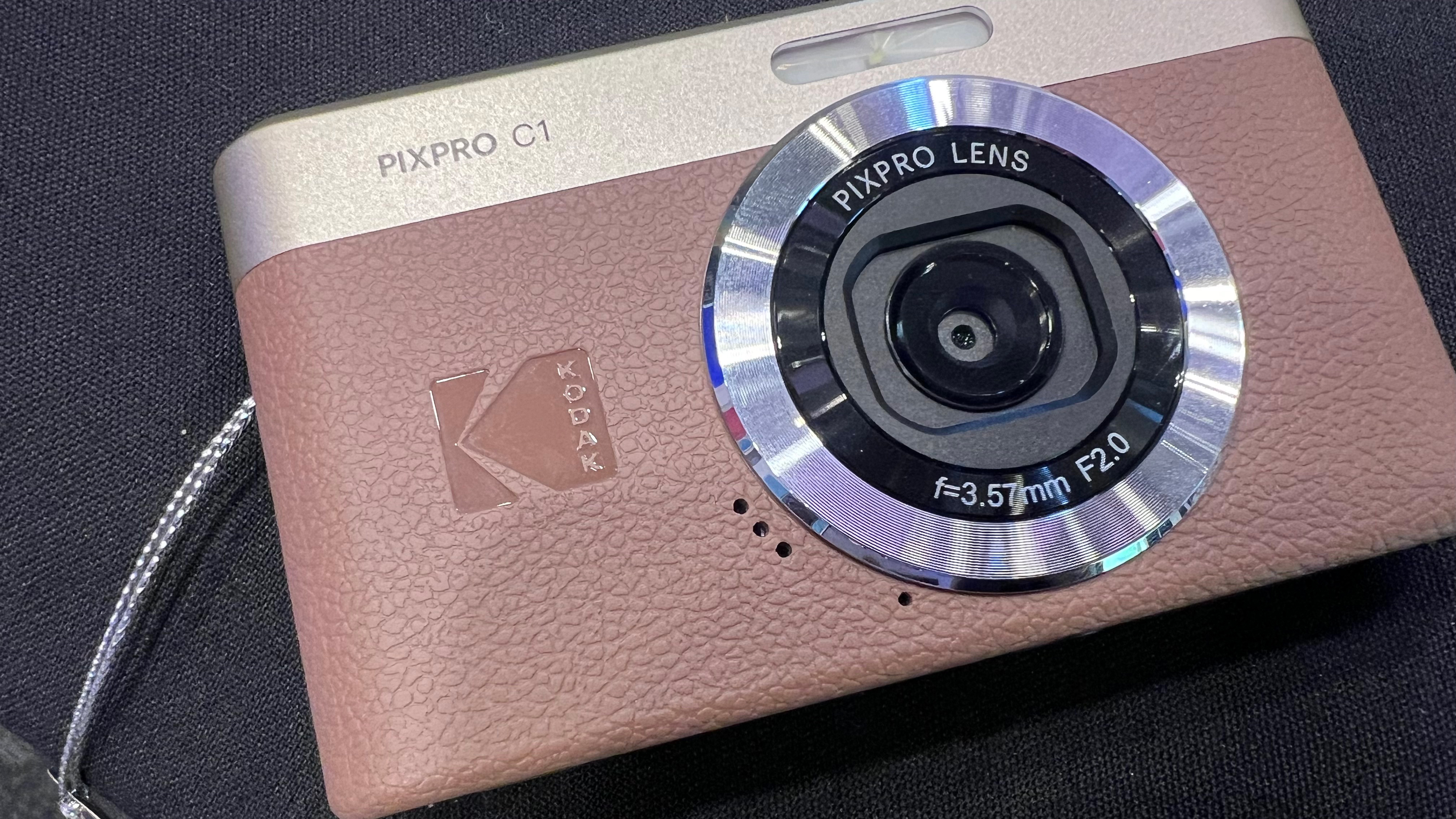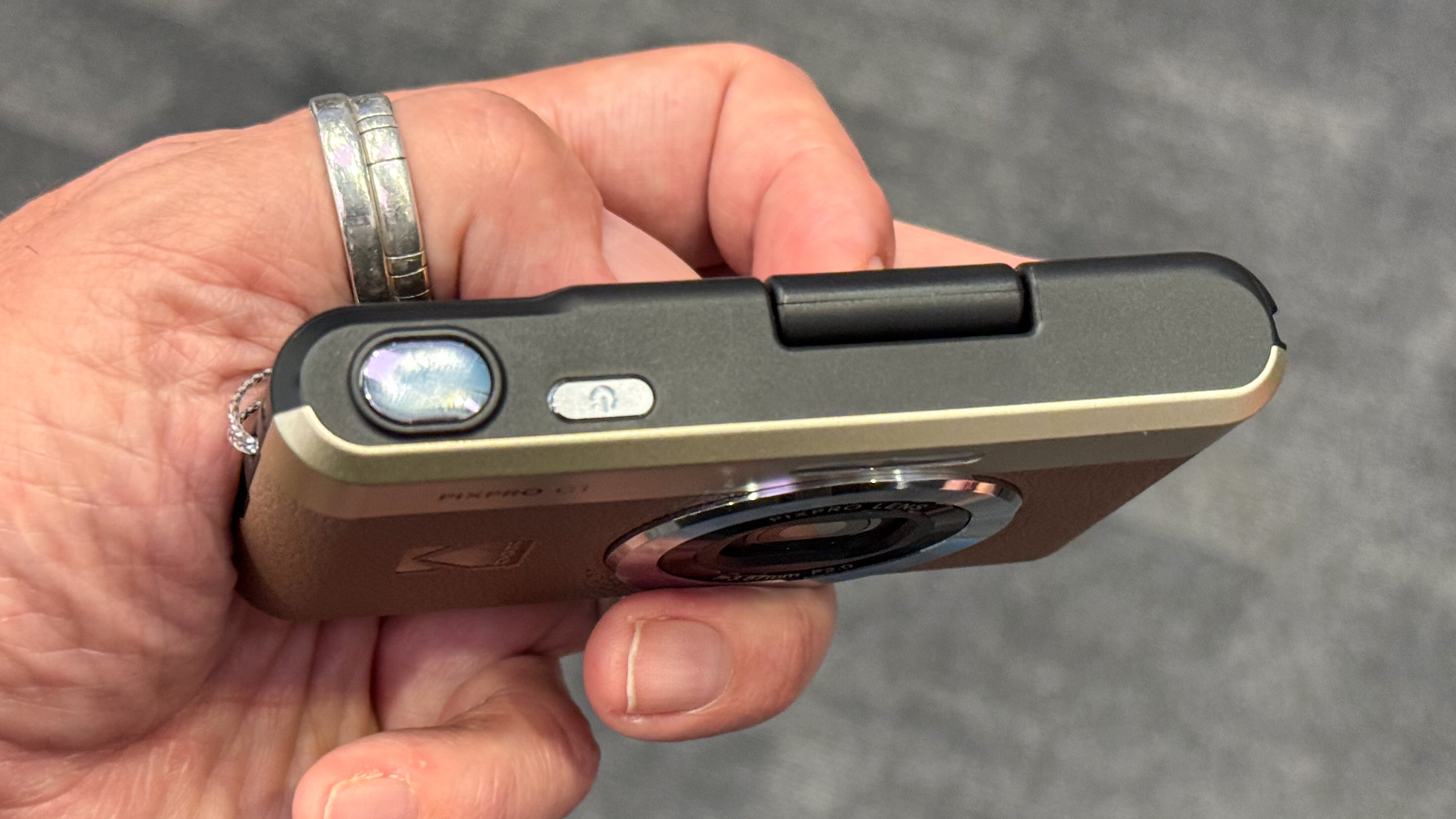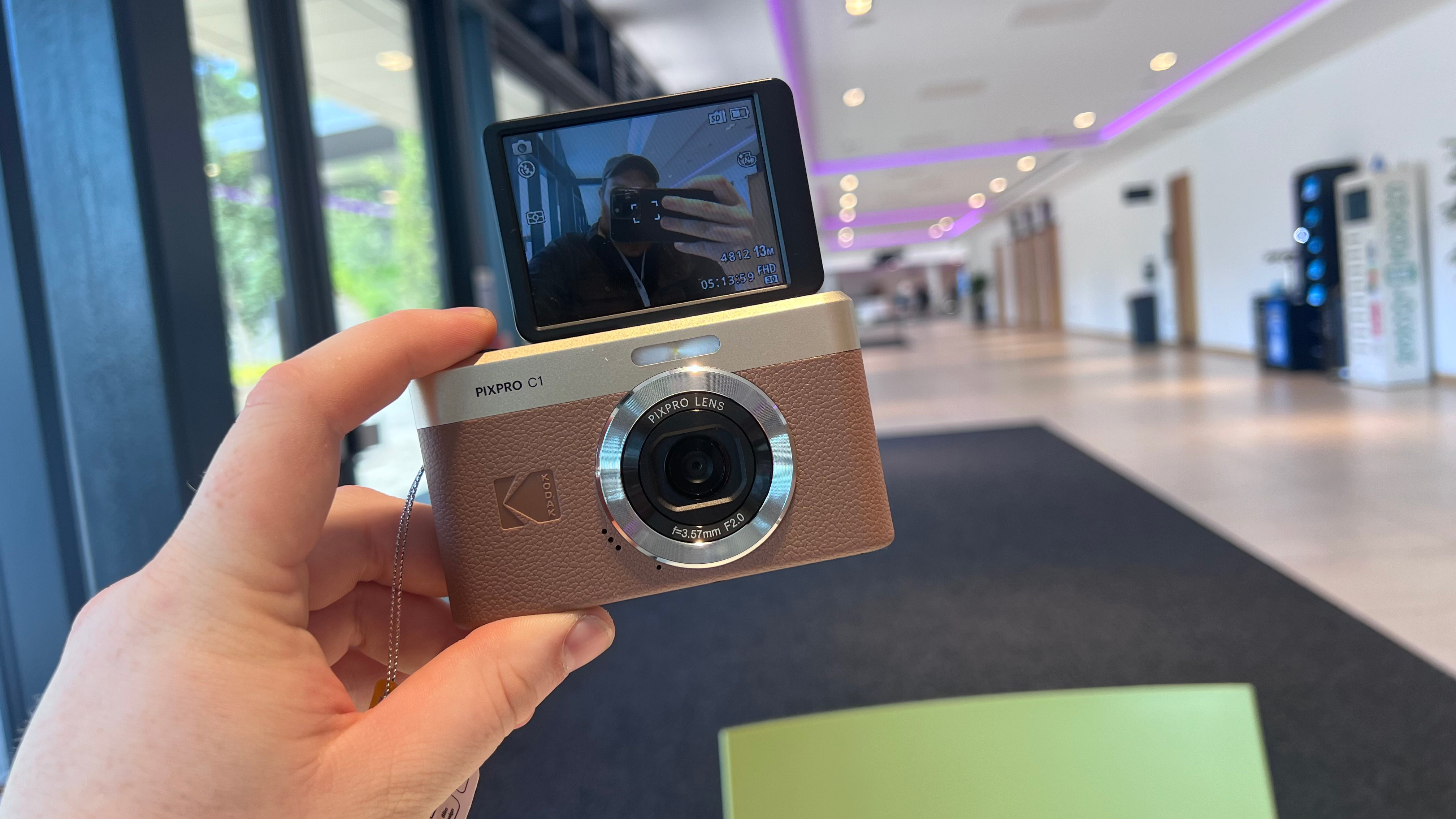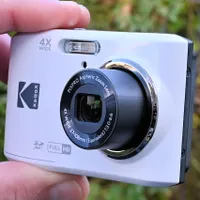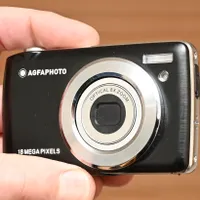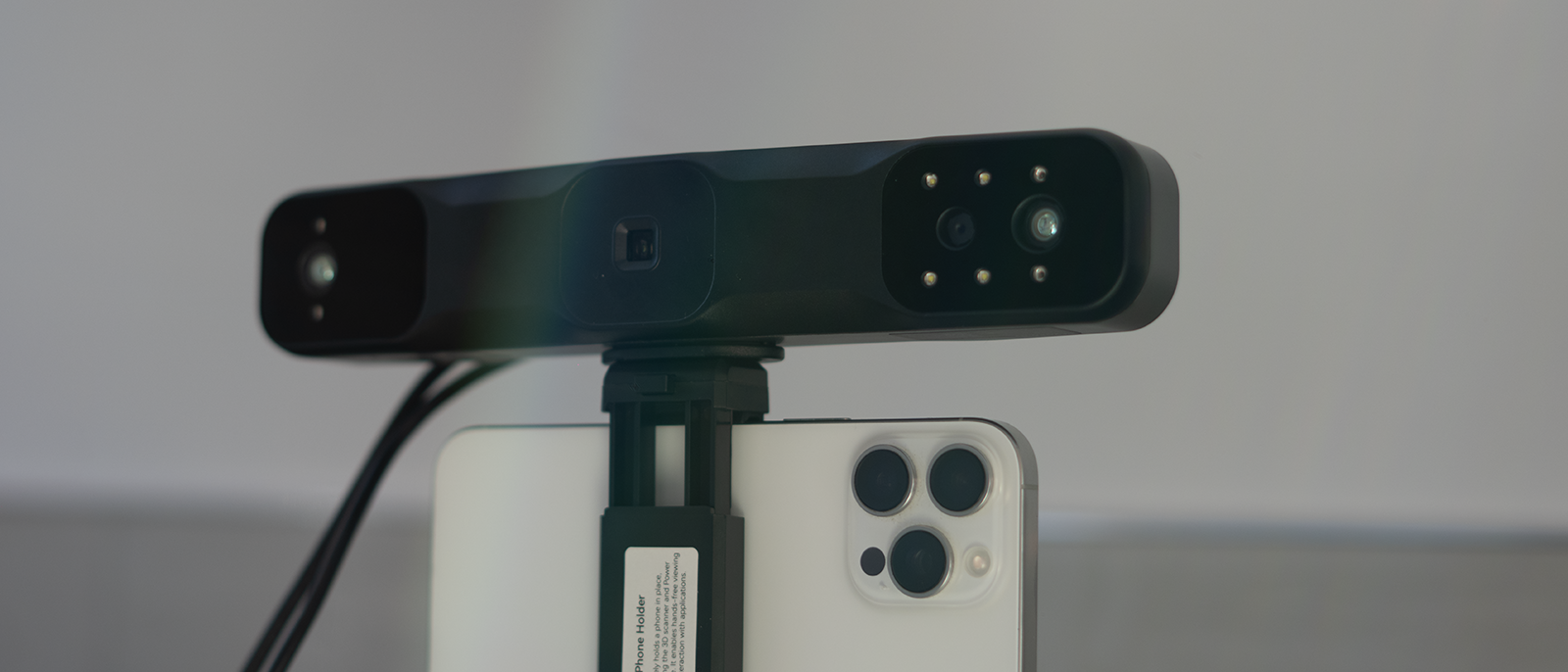Digital Camera World Verdict
I enjoyed my time testing the Kodak Pixpro C1, and for the price, you can't really complain about the results. It checks a lot of boxes for a cheap point-and-shoot and is ideal for beginner or casual photographers; however, for more experienced shooters, I feel it has limited charm.
Pros
- +
Compact &l ightweight
- +
Retro vibe
- +
Low price
Cons
- -
Limited versatility
- -
Limited image quality
Why you can trust Digital Camera World
In 2025, reviewing a camera like the Kodak Pixpro C1 feels almost like stepping into a time machine. We’re living in an era where even mid-range smartphones are capable of producing stunning 4K video, computational photography tricks, and HDR images that rival what compact cameras could dream of ten years ago. So, where does a $100 / £79 compact camera like this sit?
The Pixpro C1 is a curious device. It’s marketed as a simple, lightweight point-and-shoot camera for casual snapshots; holidays, days out, or social gatherings. It’s undeniably cheap, but in a way that feels like both a blessing and a limitation. While its retro styling and tilting screen give it some personality, I couldn’t shake the feeling that this camera is caught between two worlds: it’s not high-performing enough to compete with even a budget smartphone, but it’s also not quite 'bad' enough to lean fully into the lo-fi charm of 2000s digital cameras that have become trendy again.
During my time with the Pixpro C1 at the Wales & West Photography Show, I wandered the grounds in harsh midday sunlight, taking test shots of the architecture, fauna, and small details. It was fun, but not in the way modern cameras are fun; this was nostalgia-driven, with the added challenge of working within its clear technical limits.
Kodak Pixpro C1: Specifications
Sensor | 13MP 1/3” BSI CMOS |
Video | Full HD 1080p at 30fps (H.264) |
Display | 2.8” LCD, 180° upward tilting |
Zoom | 4x digital zoom |
Battery | Built-in 700mAh Li-ion (approx. 200 shots) |
Storage | microSD up to 32GB |
Weight | 115g (0.25 lbs) |
Connections | USB-C |
Color options | Black or brown |
Size (WHD) | 103 x 60 x 20.3mm |
On paper, this doesn’t sound terrible. A 13MP sensor is respectable for a budget camera, and the bright f/2 lens is a pleasant surprise at this price point. However, it’s worth remembering that this is still a 1/3” sensor, small by today’s standards, which means dynamic range and low-light performance are limited.
The inclusion of a tilting screen feels generous for the price. It’s clear Kodak wanted to appeal to vloggers and selfie-takers who might find this camera’s simplicity appealing. However, the lack of advanced features like image stabilization or RAW shooting capability means it’s firmly positioned as a fun, casual-use camera rather than something you’d take seriously for creative projects.
Kodak Pixpro C1: Price
At $100 / £79, the Pixpro C1 is almost shockingly cheap. To put this into context, this is less than many kids’ cameras on Amazon, and far below the price of even entry-level camera phones. If you’re looking for the absolute cheapest way to buy a new camera that’s not your phone, the Pixpro C1 fits that niche.
But the question is whether it is a good value purchase. For just a little more, you could pick up a secondhand Canon Ixus or Sony Cyber-shot, cameras that are several years old but still outperform this in terms of image quality and features. And if you already own a smartphone, the comparison becomes even harder to justify. The Pixpro C1 is slower, less sharp, and less versatile than most budget phones, which makes me wonder who Kodak is trying to win over here.
The best camera deals, reviews, product advice, and unmissable photography news, direct to your inbox!
That said, there’s something to be said for having a dedicated, no-frills camera you don’t mind throwing into a bag or taking on a night out. It’s the sort of device you could drop without panicking, and its retro styling might be enough of a draw for those who want something that feels different from their phone.
Kodak Pixpro C1: Design & Handling
Physically, the Pixpro C1 is as lightweight as they come. At just 115g, it feels like you could shoot snaps with it all day on a family outing. There is a certain toy-like quality to it, which might put off anyone expecting the reassuring heft of a well-built compact. But the trade-off is portability: this camera will fit in any pocket, even a small jacket pocket, and you’ll barely notice it’s there – it's incredibly slim.
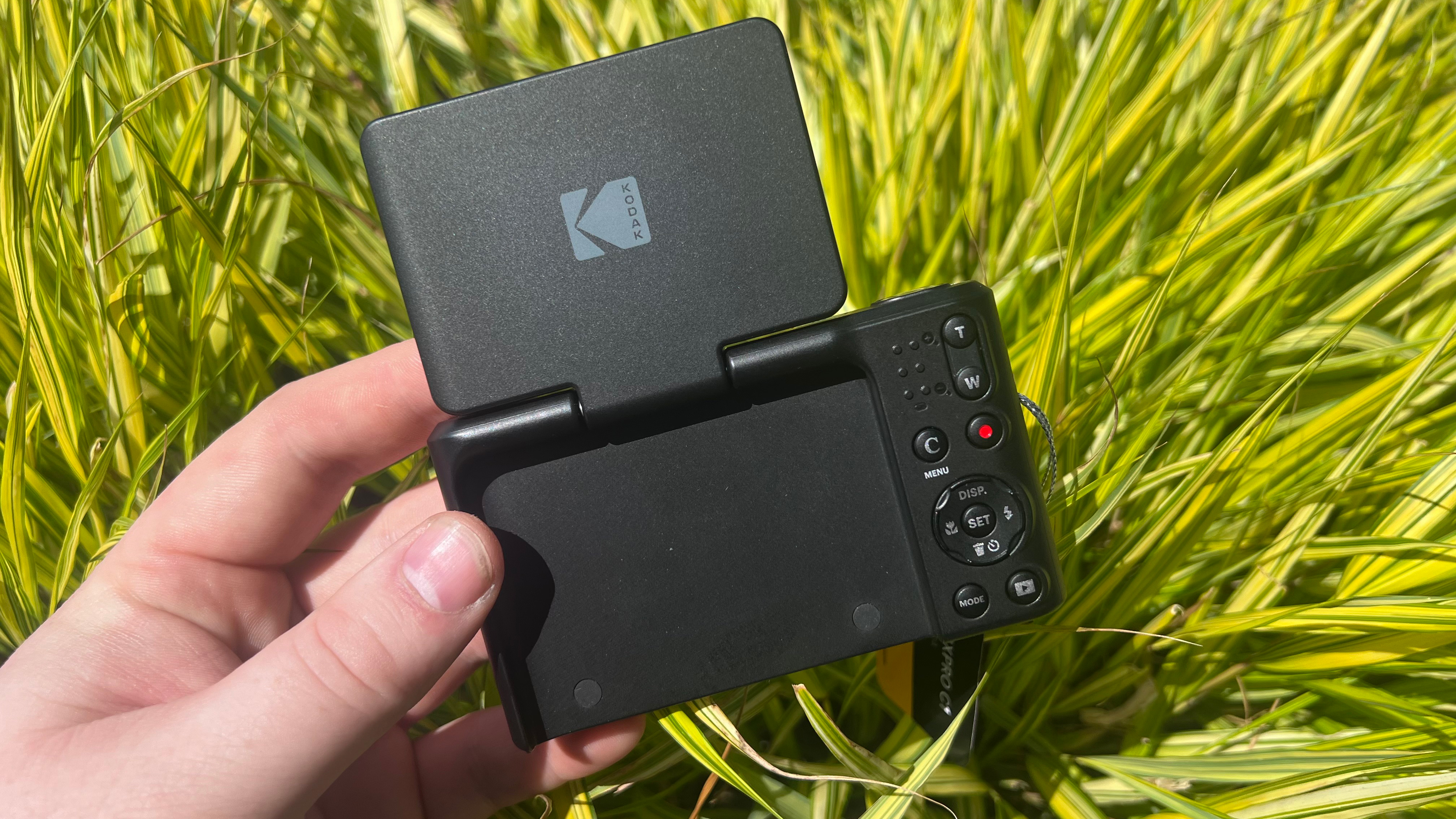
The retro aesthetic is also a highlight. With its leatherette-style grip and simple, minimalist design, it looks cooler than its price suggests. But the build quality doesn’t quite live up to the styling.
The 2.8” flip screen, while functional, has a plasticky hinge that feels like it could snap if handled roughly. It tilts a full 180°, which is great for selfies and vlogs, but under bright sunlight, it becomes almost unusable due to glare. As is evident in a couple of the sample shots, the focus was missed.
As for the controls, the camera keeps things simple with tactile buttons rather than a touchscreen. This is both a blessing and a limitation. On one hand, there’s no learning curve; you can hand this to anyone, and they’ll figure it out in seconds. On the other hand, it feels a tad dated compared to the intuitive, swipe-based interfaces of modern devices. However, what else do you expect for the price?
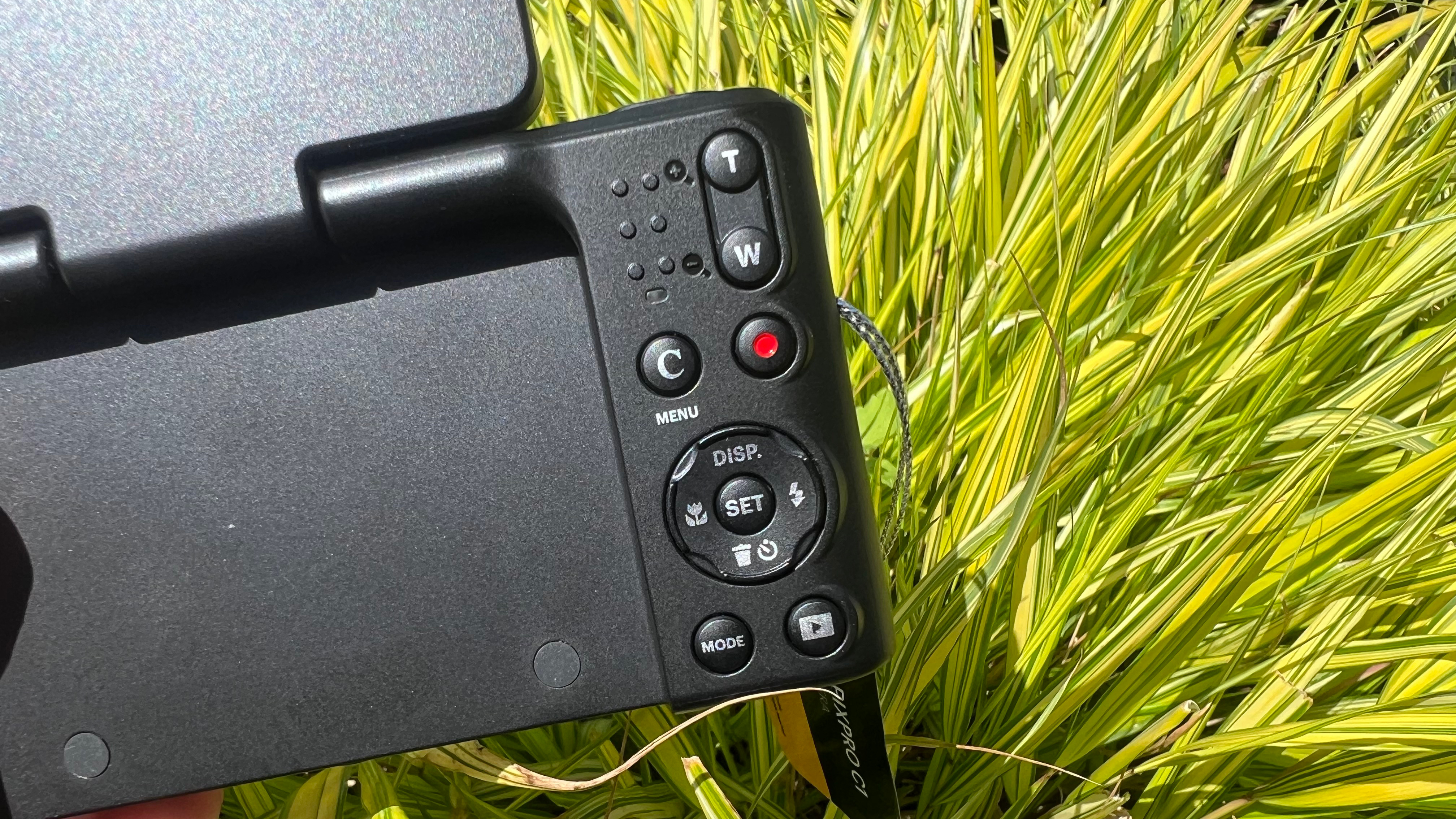
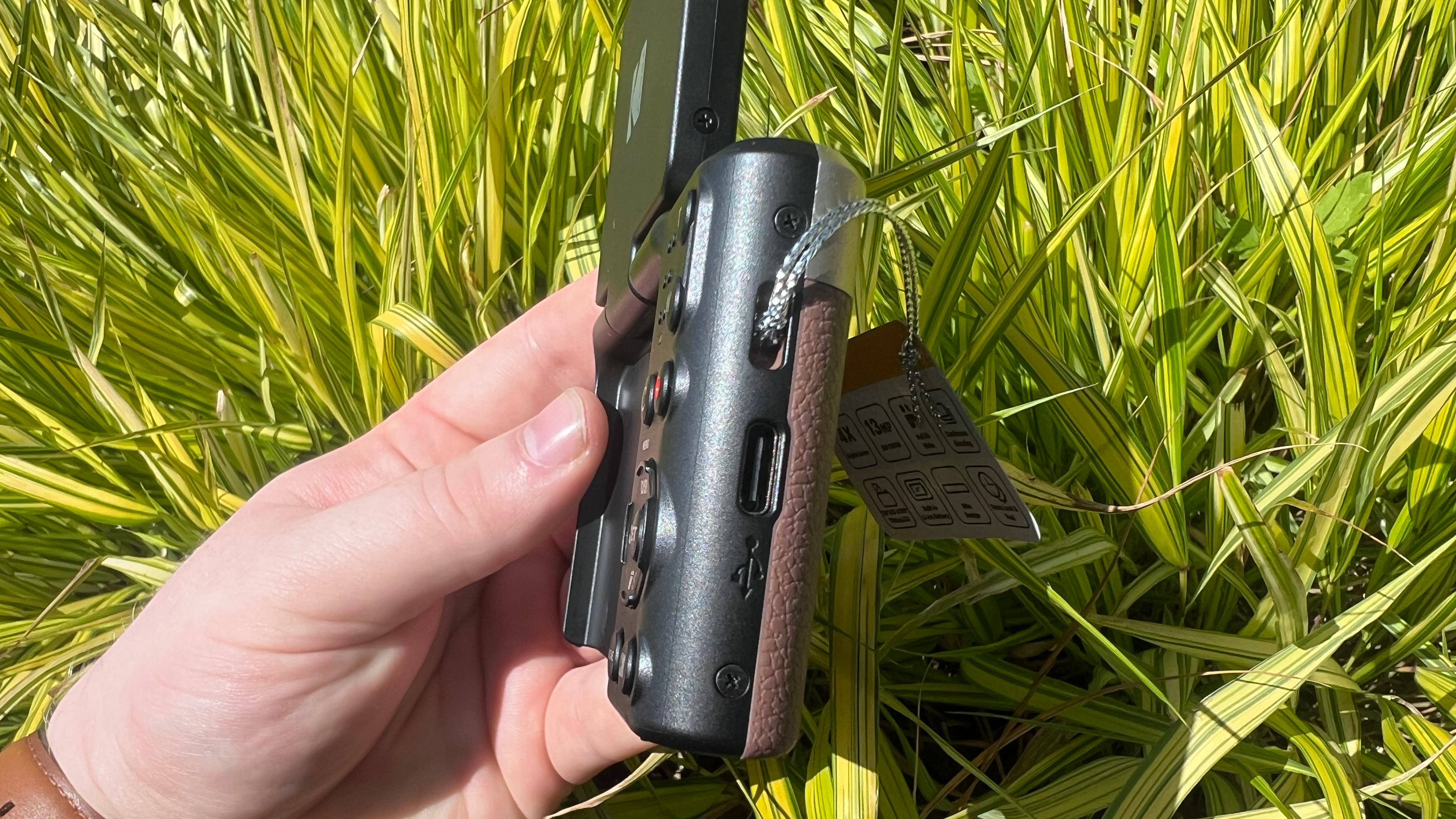
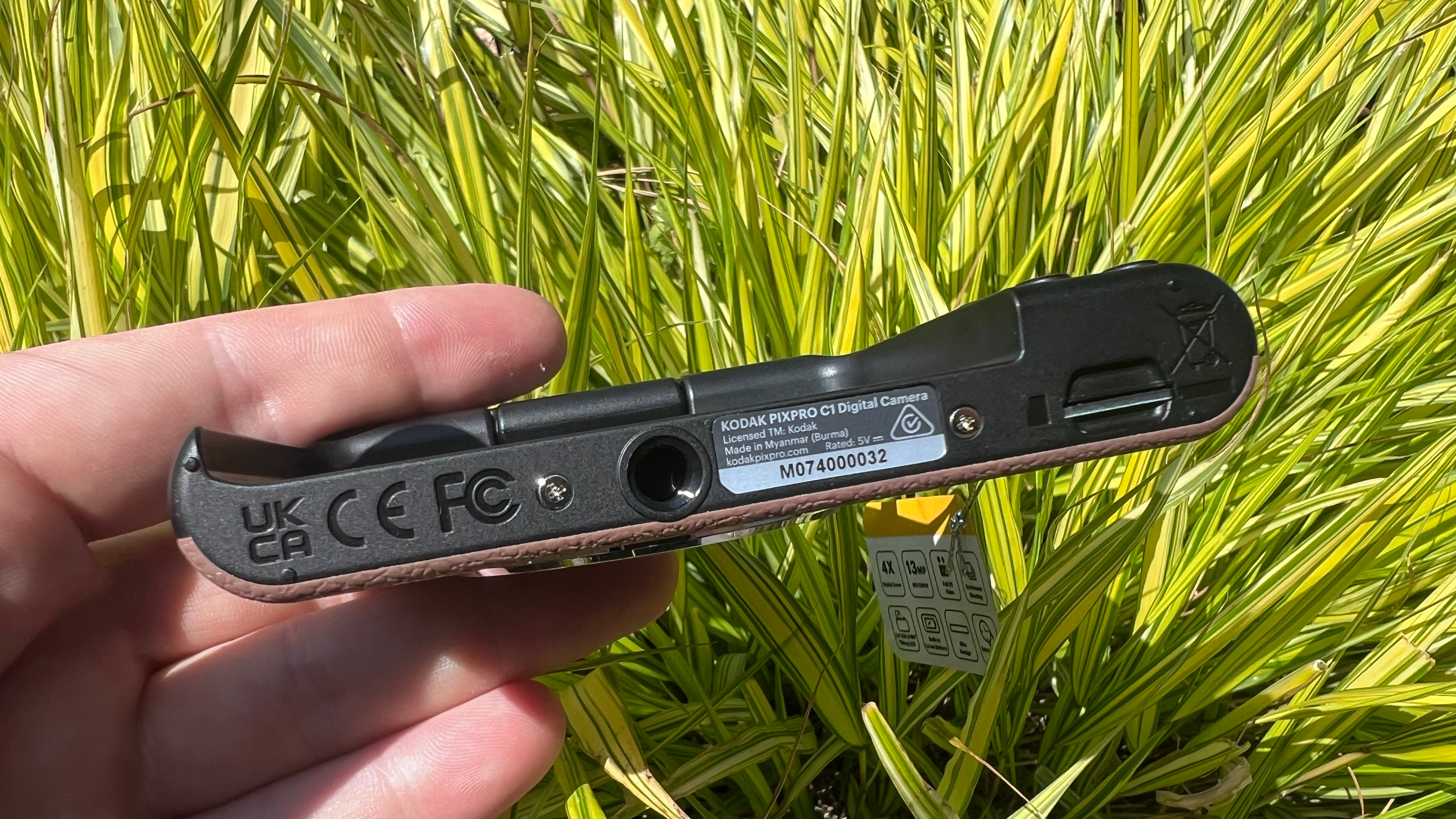
The 13MP 1/3” CMOS sensor paired with the 26mm f/2 lens is a basic but workable combination. The 26mm focal length is nice and wide, ideal for arm’s-length selfies, group shots, or casual travel photography. The bright f/2 aperture helps in low-light situations, but in my experience, noise creeps in very quickly as soon as lighting conditions drop, and there’s little the camera can do to control it; that does kind of add to the retro aesthetic, however.
The image quality itself is surprisingly good, especially for images that will live on social media. In good light, colours are vibrant and detail is captured, even the dynamic range surprised me for a camera with such a small sensor. It must be said, however, that my experience with the camera was shooting in bright daylight, and light is certainly a friend for a camera like this.
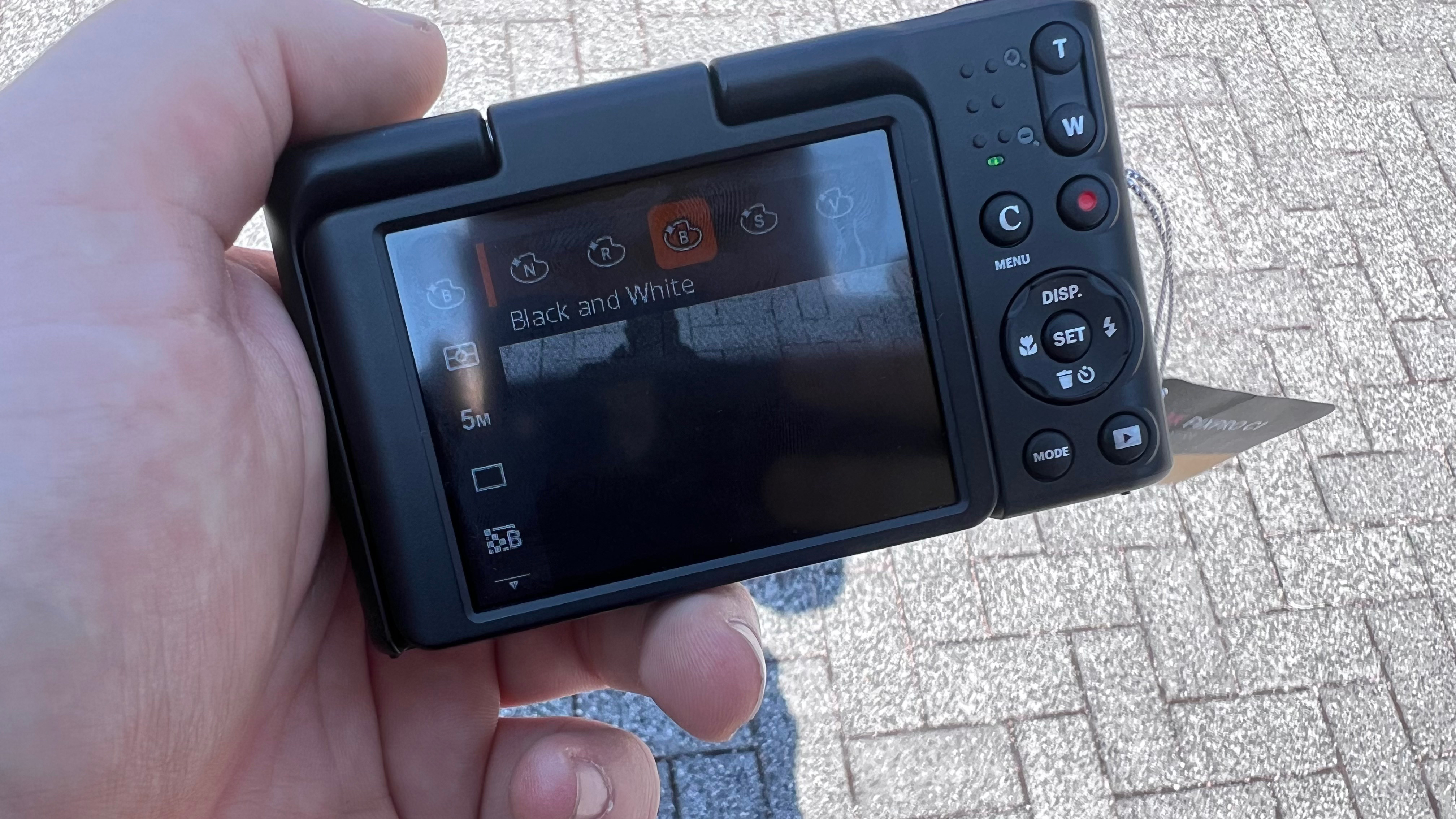
The shooting modes include Auto, Program AE, Landscape, Night Landscape, Children, Beach, Backlight Portrait, and Movie Mode. These modes add a tiny bit of flexibility; however, they feel slightly like features from a time when digital cameras needed to guide beginners with scene-based presets. Most users will probably stick with Auto.
What’s more interesting are the creative 'looks': Normal, Black & White, Retro, Sepia, Vivid, and Pencil. These filters are a mixed bag. Retro and black and white are the only ones I found myself using. Retro, especially with its warm, Kodachrome-like tones.
One detail I found oddly charming was the timestamp feature. Every photo I took was emblazoned with the date and time by default, as though this was still 2003. While you can turn this off, I didn't realise it was there until reviewing the images in post, where it's too late too remove from the JPEG.
Battery life is standard, with around 200 shots per charge, which is fine for a casual day trip. However, the reliance on microSD cards (up to 32GB) means you’ll need to plan your storage separately.
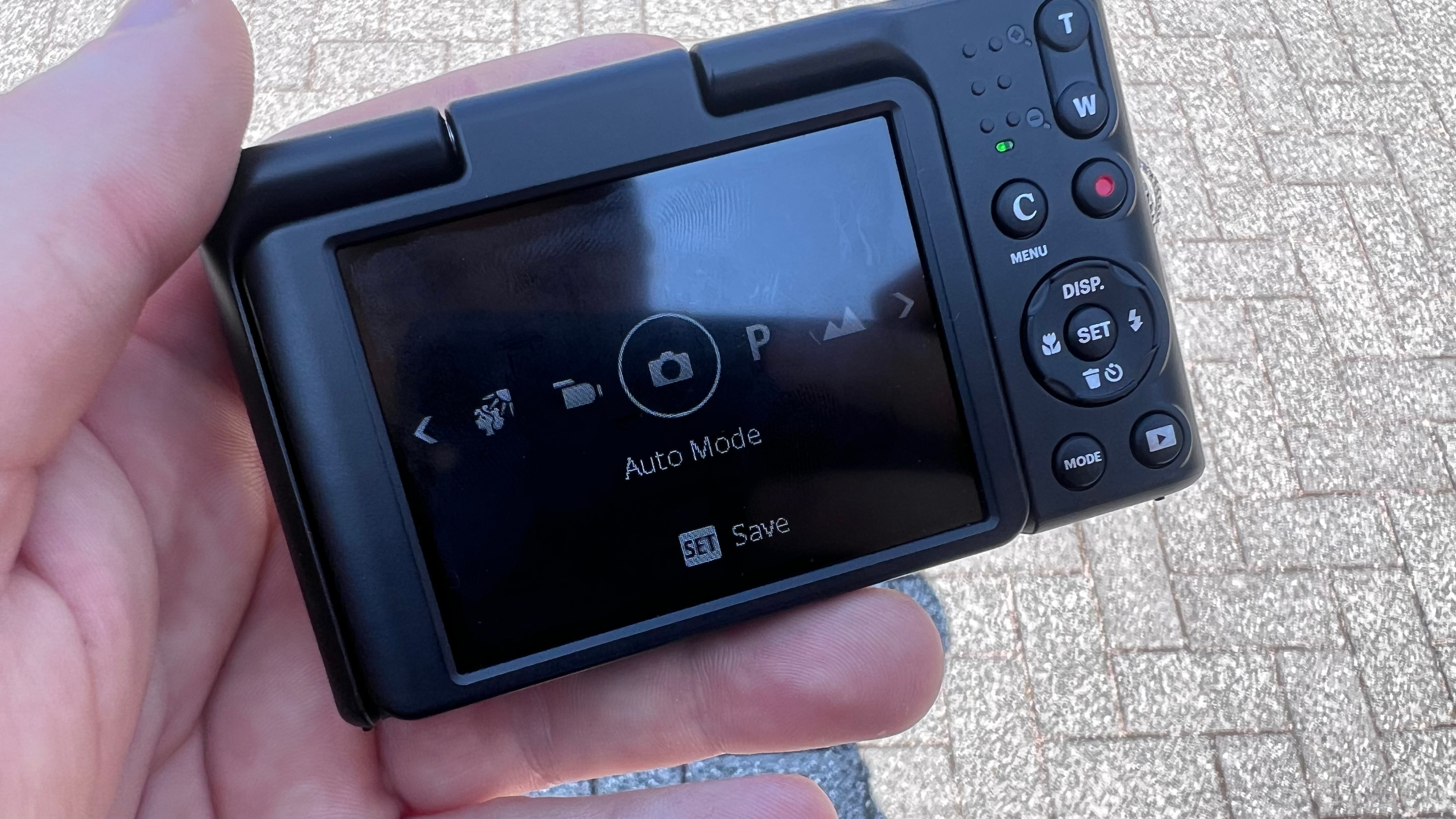
Kodak Pixpro C1: Sample Images
The following gallery of example images was shot at the ICC in South Wales, UK. It was one of the hottest days of the year, and shot in direct sunlight.
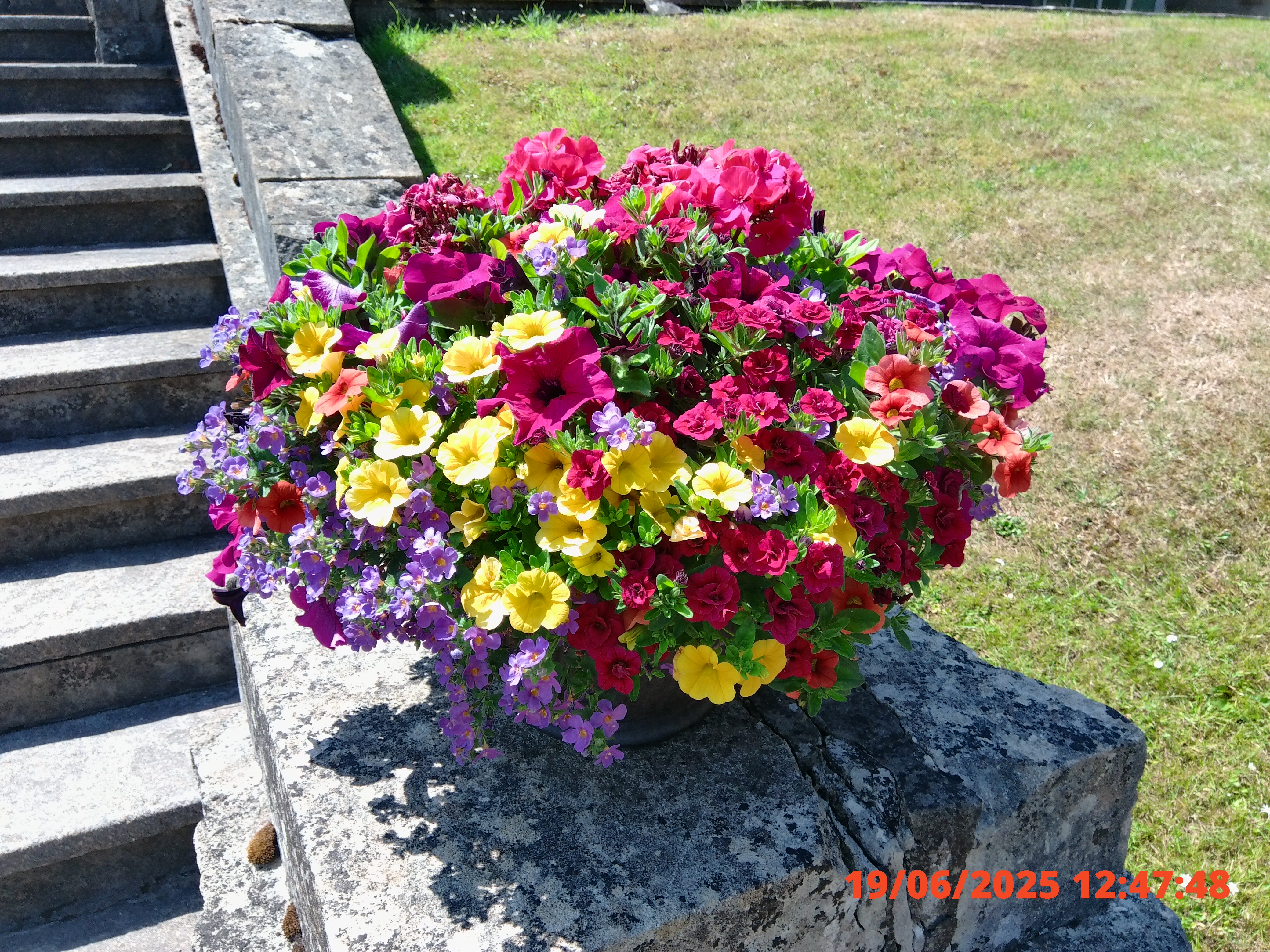
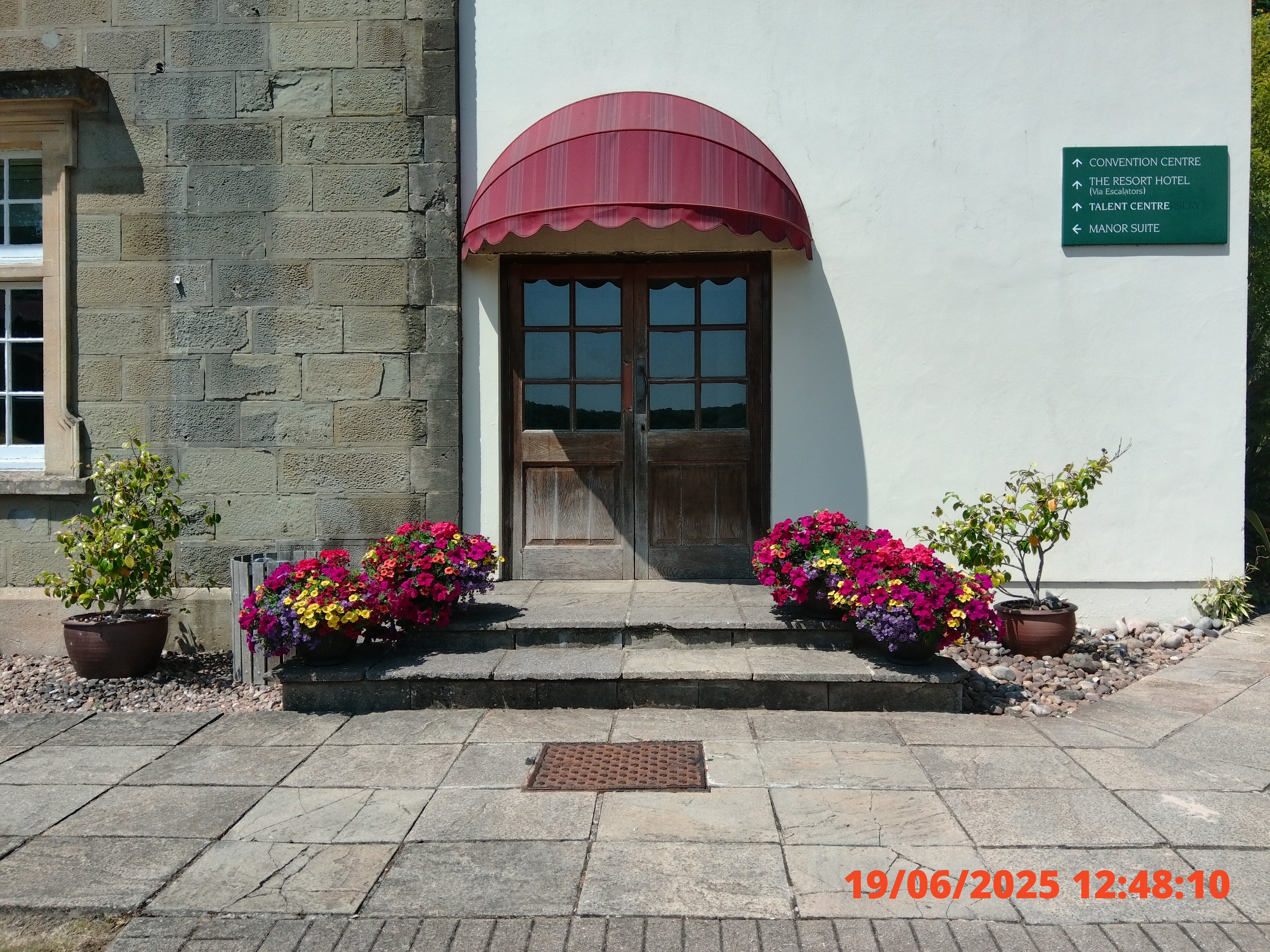

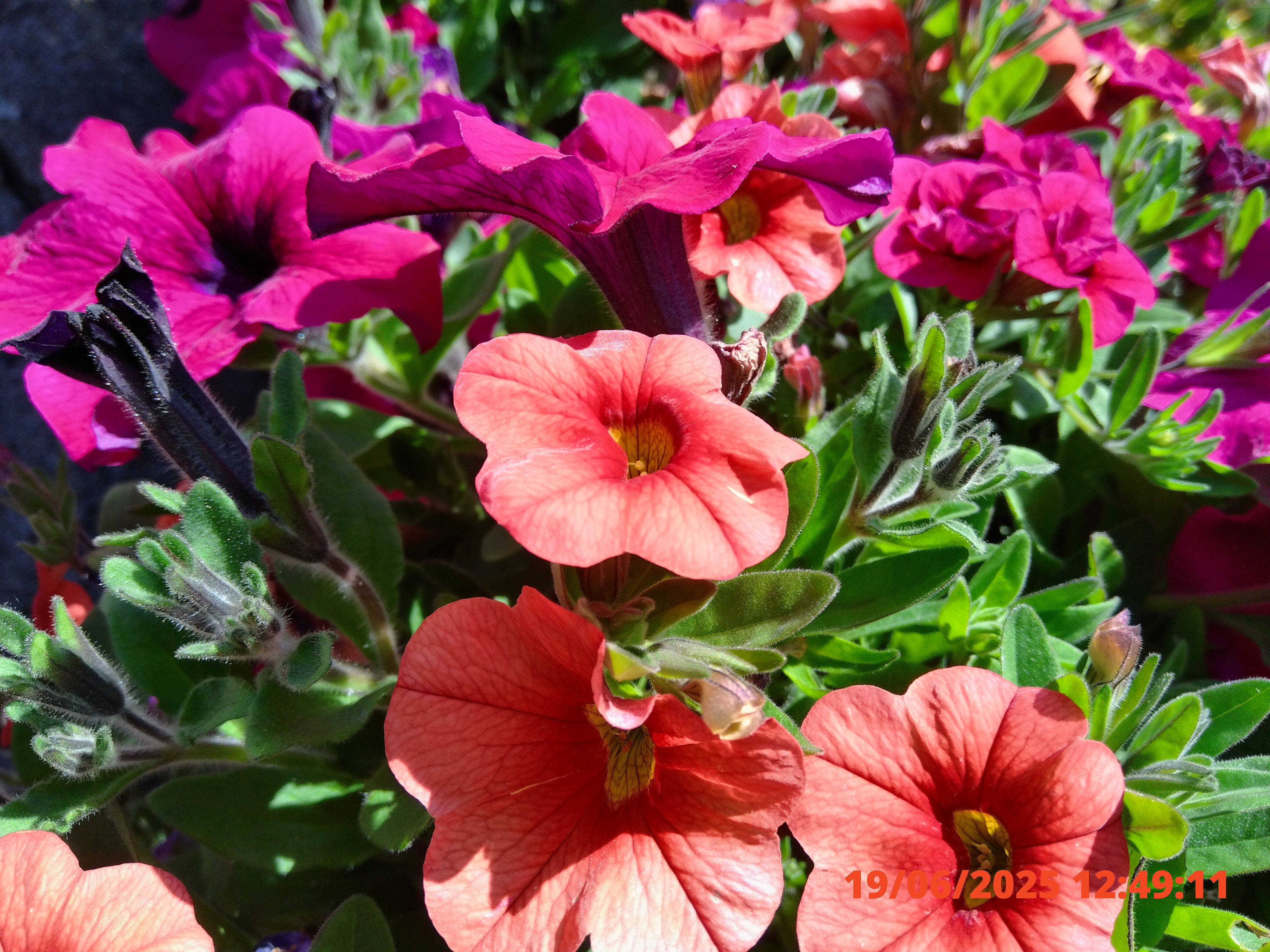


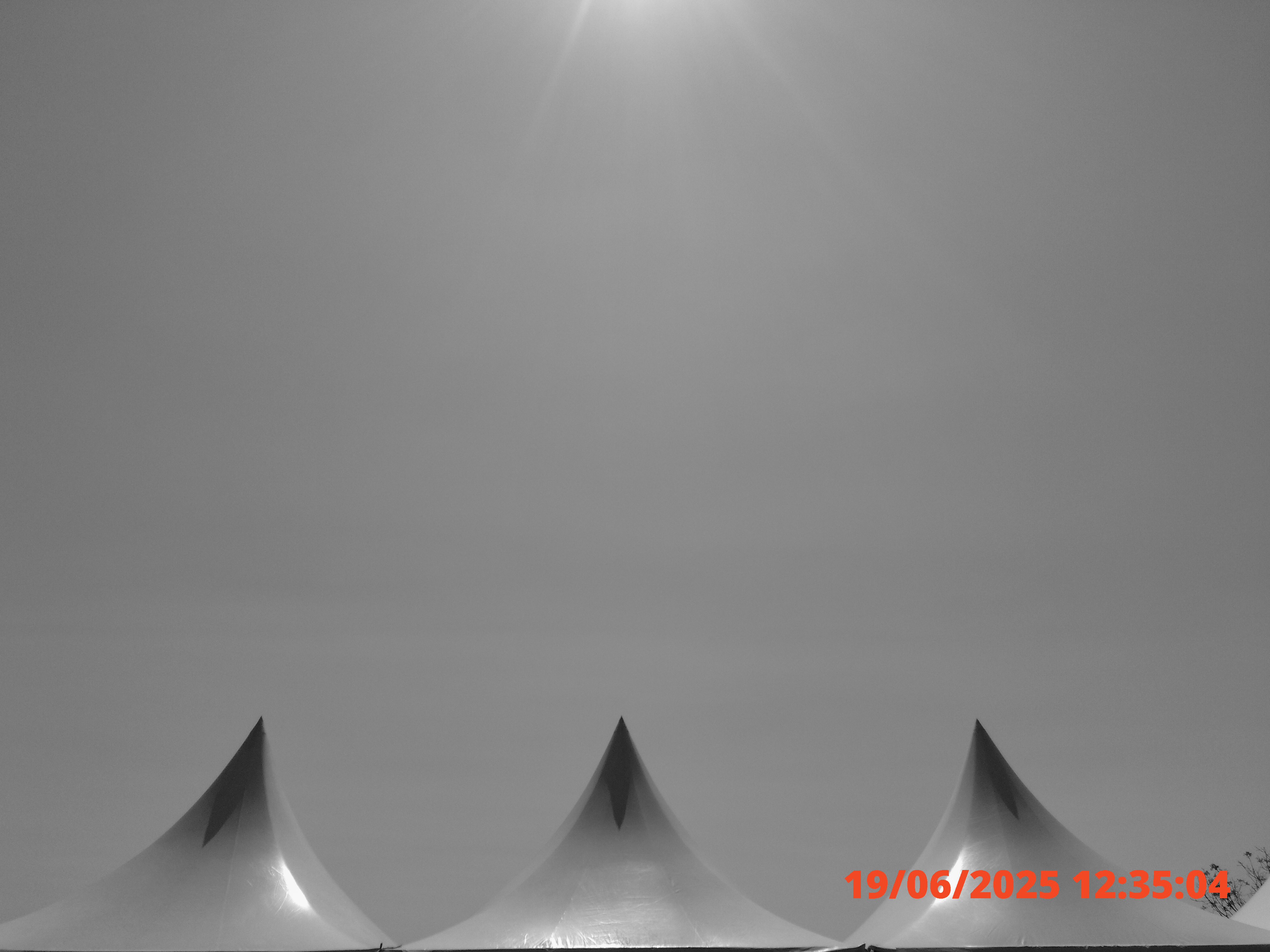


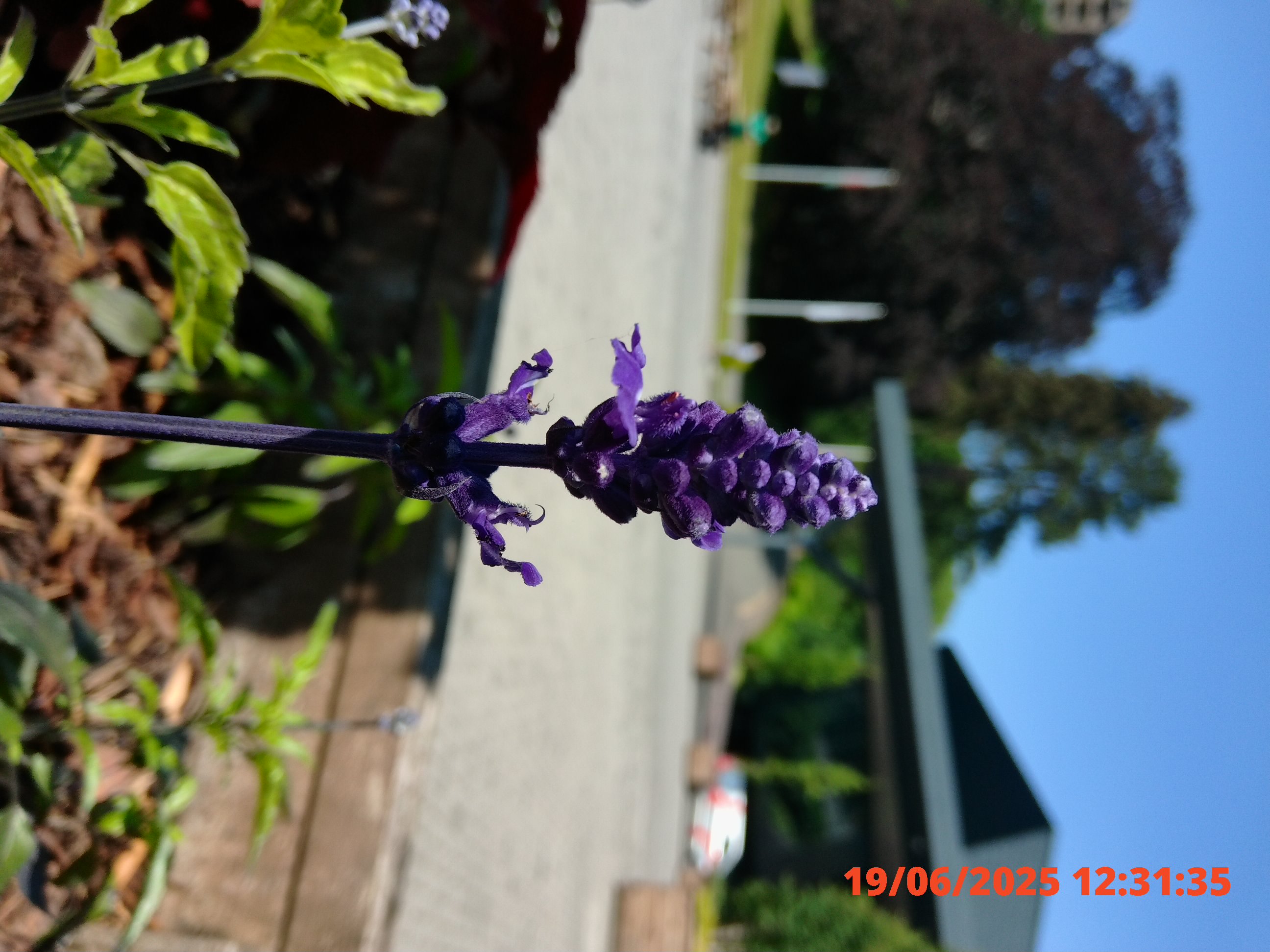

Kodak Pixpro C1: Sample Video
Since it's marketed as a vlogging camera, I was eager to try out the video mode. Unfortunately, it fell short, especially considering that the flip screen should make it a key feature. The video quality itself was surprisingly good, so that wasn't the issue; rather, the lack of Face AF was a problem. As you can see in the video below, I was out of focus and stayed that way throughout the clip.
The other noticeable issue was the lack of stabilization. I was walking slowly as you would while vlogging, and the camera shake was very distracting. I haven't edited this in post (I accidentally left it in black and white mode on the camera), so no smoothing or digital stabilization has been applied.
One very surprising thing, however, is the audio quality. In the video below, I was talking at the camera with no external microphone, only the onboard camera mic. I felt it held up quite nicely, considering there was a slight wind and that the ICC is next to a busy motorway. A bit of background noise removal in post to tidy it up, and it's good to go.
Above: sample video shot with the Kodak C1
Kodak Pixpro C1: Verdict
So, is the Kodak Pixpro C1 worth buying? If you want sharp, modern photos and seamless shooting, your smartphone is already better. If you want a serious compact, there are used models in the same price range that will outperform this by a wide margin.
But if you’re drawn to the aesthetic, both in design and in the slightly flawed, lo-fi images, it might appeal. It’s small, cheap, and doesn’t demand much from you as a photographer. It’s a camera you can throw in your bag for casual fun, but it’s also one you might grow bored of quickly if you’re looking for anything more than that.
Features ★★★☆☆ | For the price the features are good but lacking. The flip screen, and the retro film sim the top picks for me. |
Design ★★★★☆ | Design is great for the price. It looks good with the retro appeal, and its tiny form factor makes carrying it in your pocket easy! |
Performance ★★★☆☆ | The photos that came out of this were good, however not as good as a modern camera phone. The video performance was lacking. With no IBIS of face tracking. |
Value ★★★★☆ | You can't argue with the cost. At under $100 the Kodak Pixpro C1 offers great value, for those wanting a very casual snapshot camera. |
Alternatives
The Kodak PixPro FZ45 features a 16.35 megapixel sensor and 4x optical zoom lens (27-108mm equivalent). It has a 2.7-inch fixed screen at the rear, without the front flip ability of the C1. The FZ45 costs around $90 / £94.
The AgfaPhoto Realishot DC8200 has an 18 megapixel image sensor, matching the native resolution of the Yashica. It has a 2.7-inch fixed rather than articulated rear screen. It’s a step ahead in its 8x optical zoom range and costs around $120 / £99.
Check out our guide to the best point-and-shoot cameras, or for a step up in quality see our suggestions for the best compact cameras
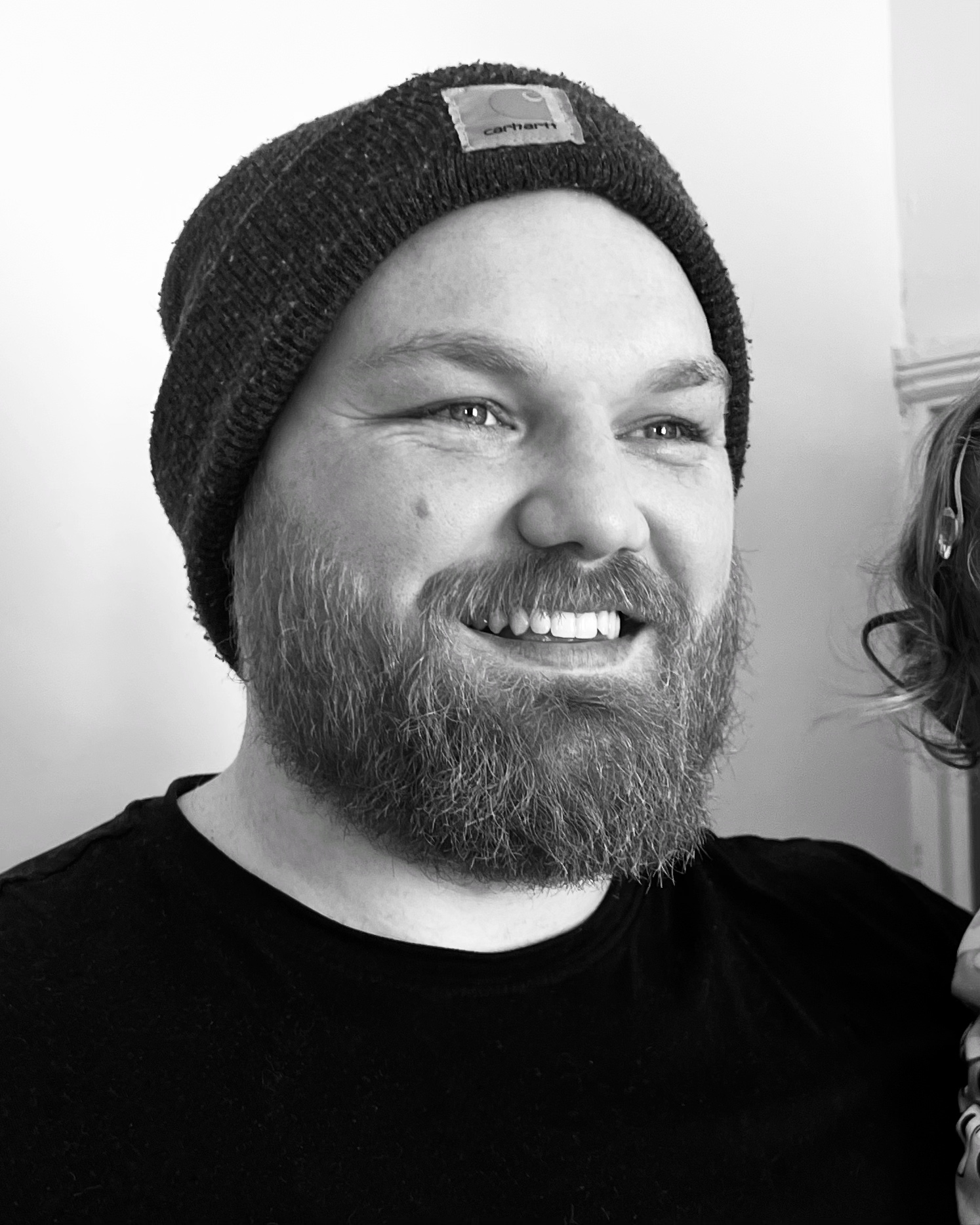
Kalum is a photographer, filmmaker, creative director, and writer with over 10 years of experience in visual storytelling. With a strong focus on photography books, curation, and photo editing, he blends a deep understanding of both contemporary and historical works.
Alongside his creative projects, Kalum writes about photography and filmmaking, interviewing industry professionals, showcasing emerging talent, and offering in-depth analyses of the art form. His work highlights the power of visual storytelling, fostering an appreciation for the impact of photography.
You must confirm your public display name before commenting
Please logout and then login again, you will then be prompted to enter your display name.
